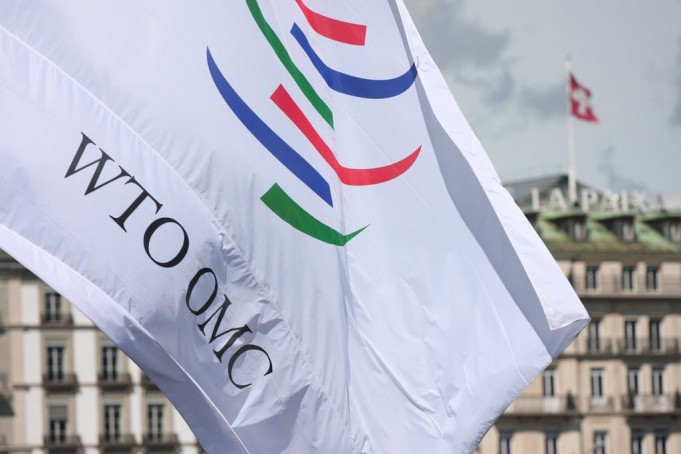What is The World Trade Organization (WTO)?
World Trade Organization (WTO) is an international organization created to regulate and liberalize world commerce. It is the successor to the General Agreement on Tariffs and Trade (GATT), which was formed in 1947 with the intention that it would eventually be replaced by a United Nations (UN) specialized agency to be known as the International Trade Organization (ITO). While the ITO never materialized, the GATT, over the next five decades, proved remarkably successful in liberalizing world trade. In the late 1980s, a stronger multilateral body was called upon to control trade and settle trade disputes. The WTO started operations on January 1, 1995, following the conclusion of the Uruguay Round (1986–94) of multilateral trade negotiations.
Origin of WTO
The ITO was originally envisaged as one of the main pillars of post-World War II reconstruction and economic growth. It was alongside the International Monetary Fund (IMF) and the World Bank. While the GATT was supposed to be preliminary, it was the first major international trade agreement before the WTO was established. Over 47 years, the GATT program has developed into a de facto global trade body that ultimately includes about 130 countries.
World Trade Organization Goals
The WTO has six main goals, those are as follows.
- Fixing and applying international trade rules.
- To include a platform for further trade liberalization negotiations and monitoring
- Fixing commercial disputes
- Improving the accountability of decision-making processes.
- Acting with other big foreign economic bodies participating in global economic governance.
- Aiding developed countries to benefit from the global trading scheme completely.
Although shared by the GATT, the WTO has followed these goals more comprehensively in practice. The laws expressed in both GATT and WTO serves three functions or more. These laws include:
- They are seeking to protect the interests of small and poor countries from the unequal policies of big and strong countries. The most-favored-nation and national-treatment provisions of the WTO stipulate that all other members will have fair market access. And that domestic and international vendors ought to provide fair care.
- The rules allow members to restrict trade by tariffs only. And to have market access that is no less desirable than that provided for in their schedules.
- The laws are intended to help policymakers avoid pressure by particular preferences from domestic interest groups.
While there have been some exceptions to the rules, their inclusion and incorporation in the core WTO agreements, were intended to ensure that the worst excesses can be avoided.
Fixing Trade Issues
The GATT offered a forum for the settlement of trade disputes, a position that was significantly enhanced within the World Trade Organization(WTO). Members agreed to take no unilateral action against other members. Rather, they are required to seek redress via the dispute resolution mechanism of the WTO and comply with its rules and findings.
Conclusion
The World Trade Organization’s (WTO) aim is to encourage free trade through persuading countries to eliminate tariffs on imports and other obstacles. It polices free trade agreements, resolves government trade disputes, and organizes trade negotiations.









